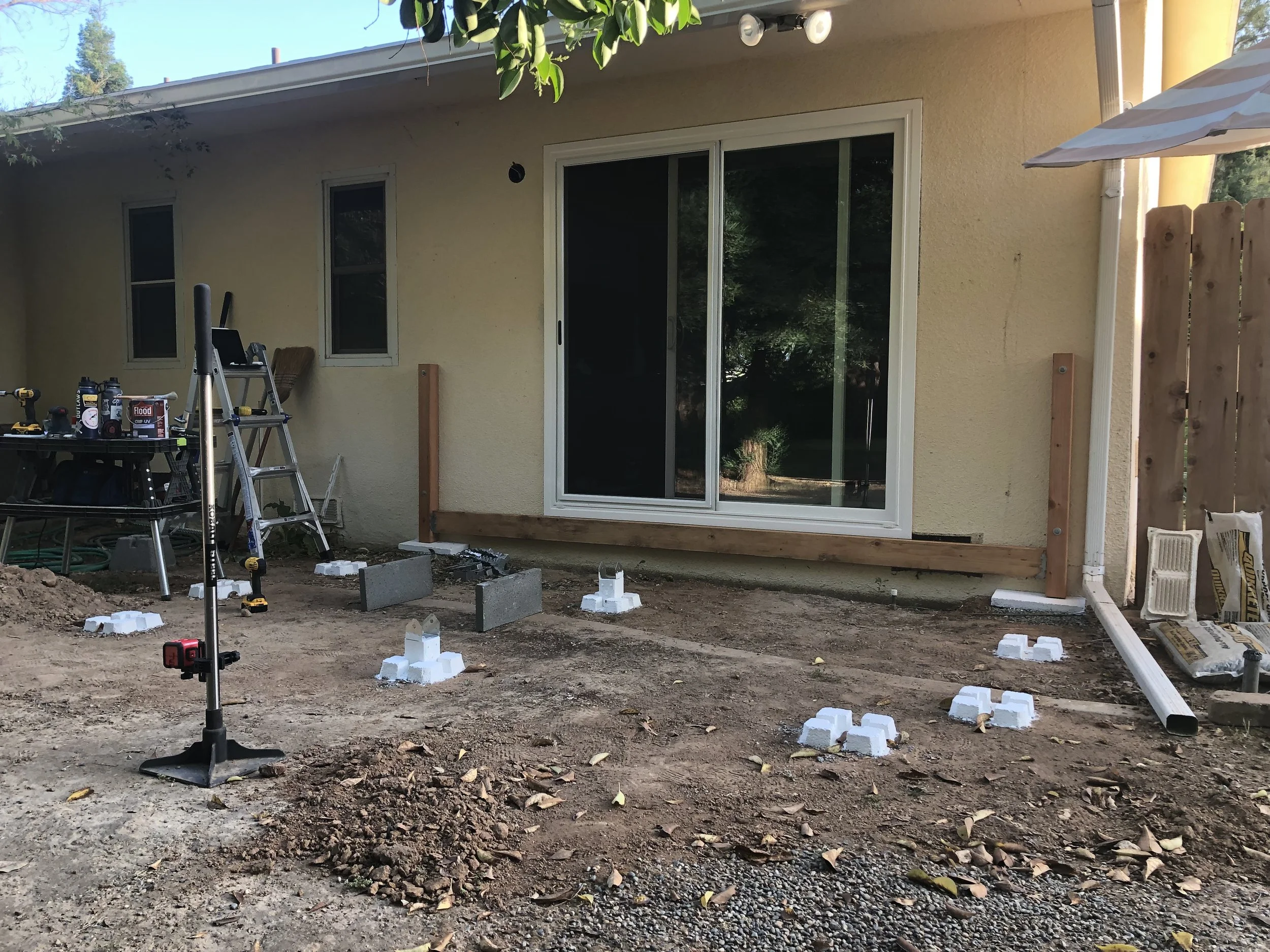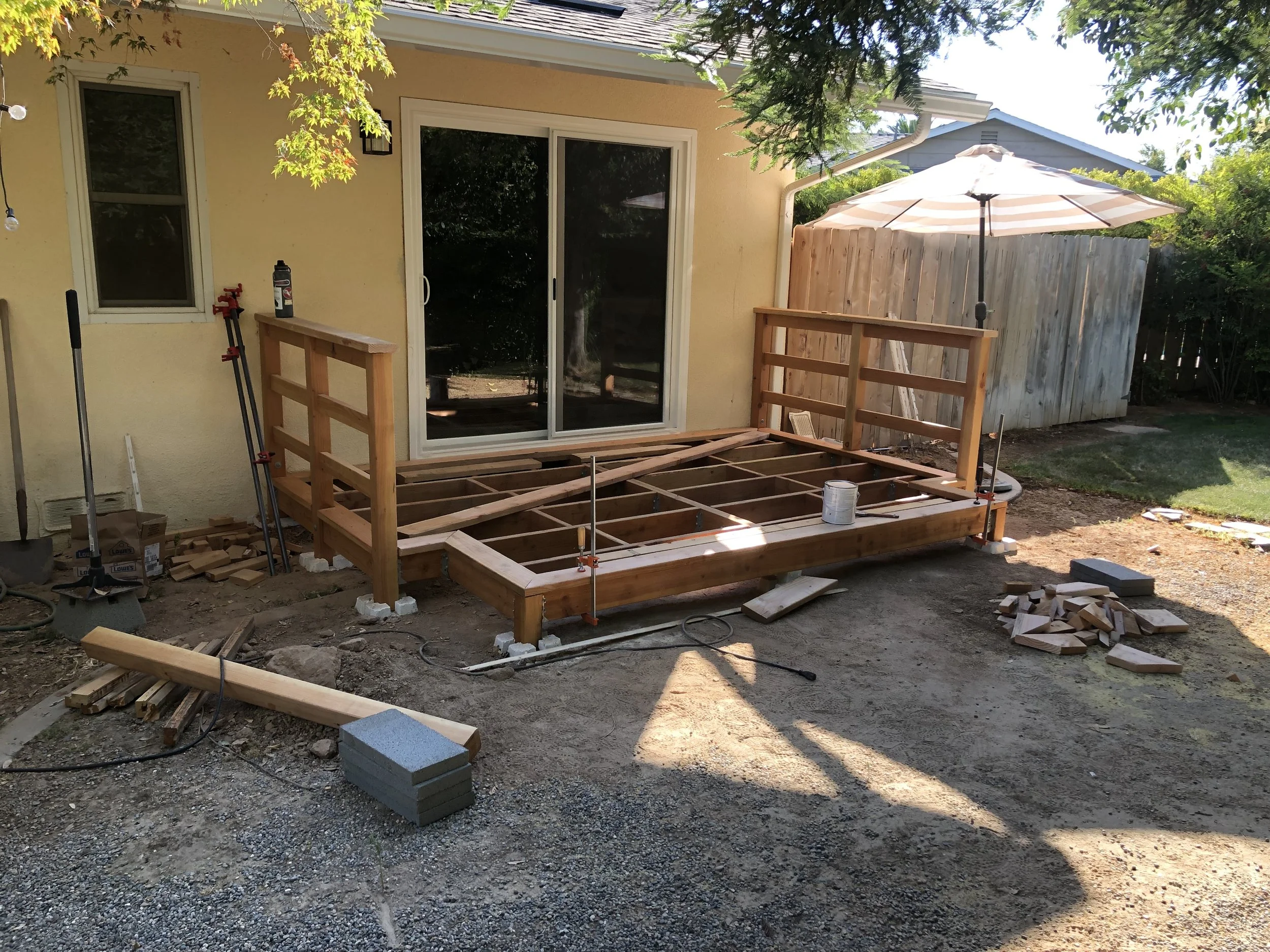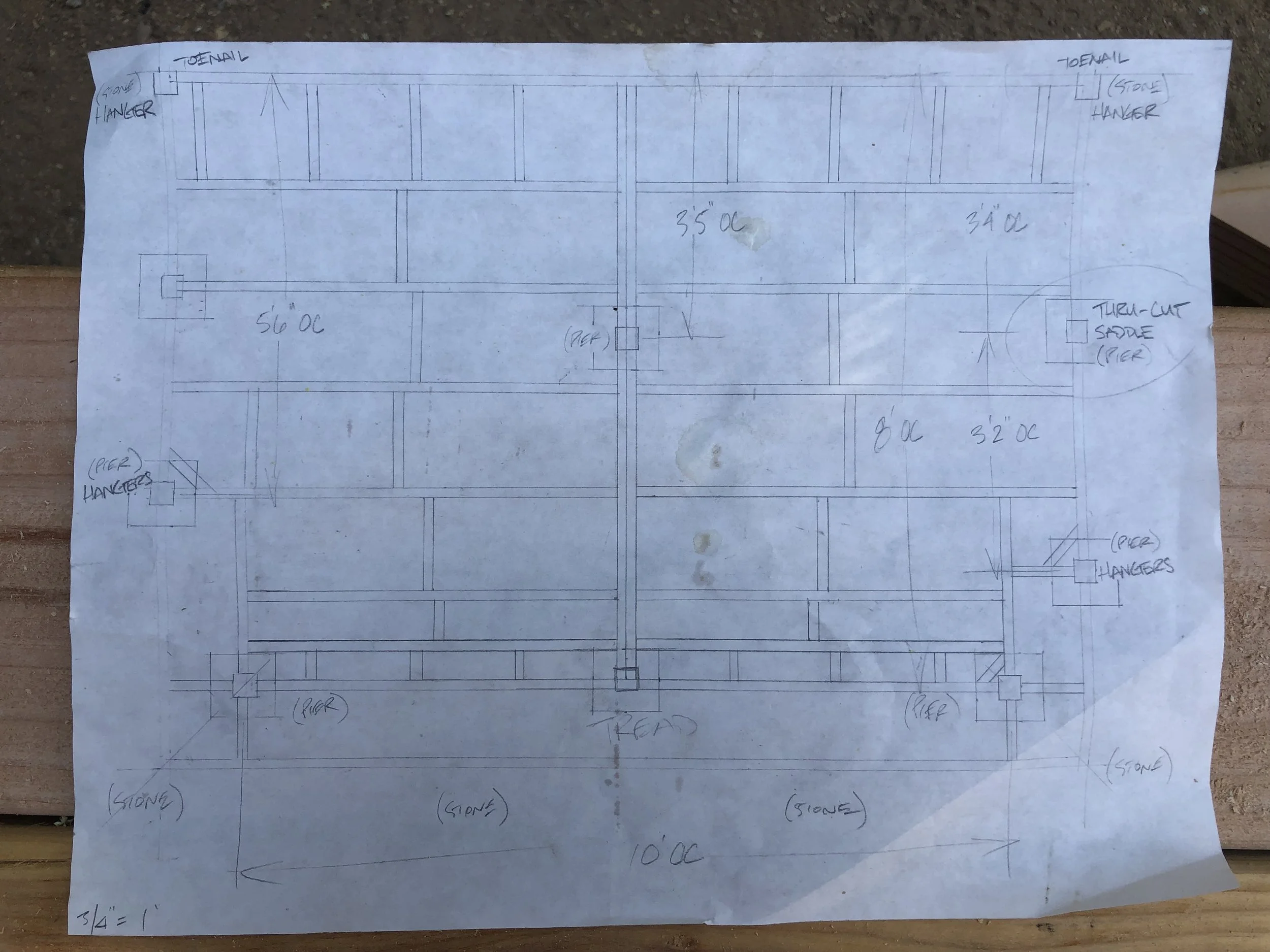Being Radical
Understanding language and how it evolves is one of my many pet pastimes. For the last month, I’ve been putting a lot of my spare time into building a new deck for our backyard. Being impatient for the end result, Carrie has commented (not complained) on how long it is taking me to complete a 10’ x 12’ platform. Believe me, I get impatient to be finished with my projects, too.
It seems that there is an average curve which approximates the speed at which a project moves: slowly at first, then more quickly, and finally a bit slower again. If preliminary work is done properly; plans are drawn up and numbers are triple-checked; and processes are mapped out, then the central phase of a project should go quite quickly. Finally, at the end of a project that has accumulated hours of work, and potentially the efforts of many other people, the pace necessarily slows down again as the need to be careful and deliberate increases. Imagine putting 1000 hours into something, only to get hasty in the last 10 minutes, making a mistake that undoes all that investment. You’re in the final .01 % of your project and a teensy bit of impatience brings it all back to square one, or maybe if you’re lucky, square two.
The preliminary work of building a deck. Foundation points are set and building connection points are determined.
And that brings us to “radical” but not necessarily in the political sense that most people understand that word:
late 14c., "originating in the root or ground;" of body parts or fluids, "vital to life," from Latin radicalis "of or having roots," from Latin radix (genitive radicis) "root" (from PIE root *wrād- "branch, root"). The basic sense of the word in all meanings is "pertaining or relating to a root or roots," hence "thoroughgoing, extreme."
The figurative meaning "going to the origin, essential" is from 1650s. The political sense of "reformist" is by 1817, of the extreme section of the British Liberal party (radical reform had been a current phrase since 1786), via the notion of "change from the roots" (see radical (n.)). The meaning "unconventional" is from 1921. U.S. youth slang use is from 1983, from 1970s surfer slang meaning "at the limits of control."
Humans didn’t really seem to have a political meaning for the word until the 18th century. The original Latin meaning certainly explains the basis of certain words, especially a word like ‘radish’ which literally means ‘root’. That calls to mind metaphorical phrases like, “ripping something out root and stem” which would be an extremely radical act of eradicating a thing to the edges of its existence.
To extend the metaphor, being radical and rooted at one extreme makes it possible to be stable and supported at the other. The young buds waving in the breeze a hundred feet off the ground at the tips of a tree branch couldn’t exist in that airy space were it not for the roots grasping the earth and providing that counterbalance.
Visible framing that will support the deck boards to come.
Besides weather, supply chain issues, and time availability, the bedrock for the ability to speed through a project is the radical work that must be done at the front end. Once a draftsperson has made a drawing, and once a worker has crawled around on their hands and knees with lasers, levels and lapiz, then the fast work can begin. And when the fast work is done, the pace slows again as work is inspected and checked for conformity. Then finishing begins and parts are carefully prepared for the way they will feel and appear in their final form. A roofer blasting through a stack of shingles, or a mason putting down bricks in a blur, are able to move quickly in their tasks because the work done before them resulted in solid, predictable foundations for their work to rest on.
When a building collapses, a wheel comes off of a car while it’s moving, or the paint peels off a chair after being refinished, it’s frequently because foundational work wasn’t done properly. And thus, we get the parallel aphorism: “haste makes waste.” Slowing down to do the thoughtful, foundational work on which to build something beautiful is the radical key to efficiency.
Hand-drawn plan showing joist layout, blocking, and pier block positioning as well as other notations.



